HTML and CSS Reference
In-Depth Information
For the exam, you need to understand both conditional and iterative program flow. Condi-
tional program flow enables an application to examine the state of an object or variable to
decide which code path to process. The commands you use to apply the concept of condi-
tional flow are the
if…else
statement, the
switch
statement, and the ternary operator.
This objective covers how to:
■
Evaluate expressions, including using
switch
statements,
if/then
statements, and
operators
■
Work with arrays
■
Implement special types of arrays
■
Use advanced array methods
■
Implement iterative control flow
To use a conditional flow statement, you must evaluate some data against some condition,
which you do by using conditional operators. You can use logical operators to combine
conditional operators. Combining operators is useful when more than one condition must
be met—or at least one condition from a set of conditions must be met—before processing
specific logic. Table 2-1 outlines the available operators.
TABLE 2-1
Conditional and logical operators
Operator
Type
Description
>
Conditional
Evaluates whether the value on the left is greater than the value on the right
<
Conditional
Evaluates whether the value on the right is greater than the value on the left
>=,<=
Conditional
Evaluates the same as > or < but with the additional logic that the values can
also be equal
!=
Conditional
Evaluates whether the values aren't equal
==
Conditional
Evaluates whether the values are equal independent of the underlying data type
===
Conditional
Evaluates whether the values are equal both in value and underlying data type
&&
Logical
The AND logical operator, in which the expressions on both sides must
evaluate to true
||
Logical
The OR logical operator, in which at least one expression on either side must
evaluate to true































Search WWH ::

Custom Search